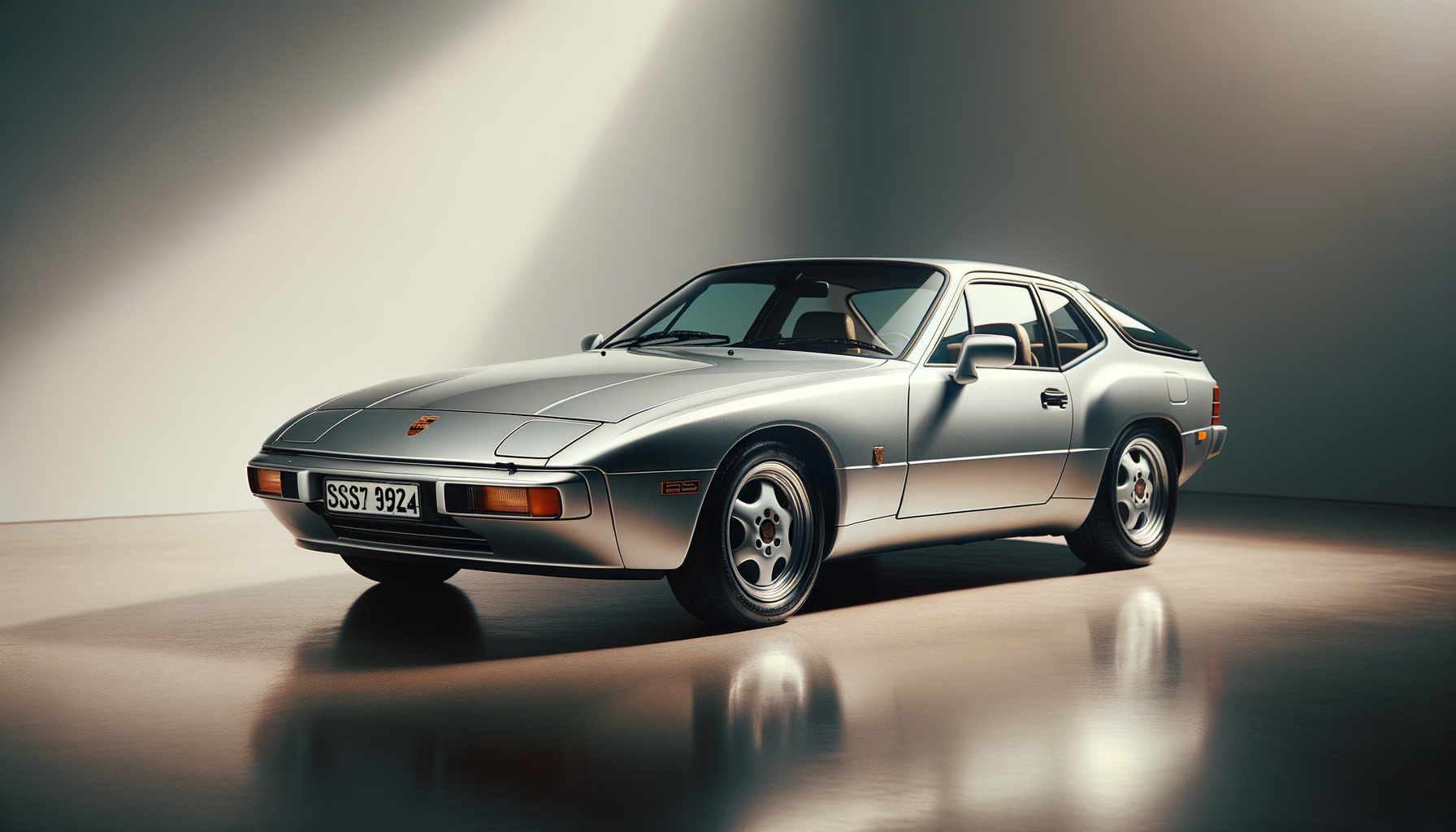
Porsche 924
The Porsche 924 was introduced by the German automaker Porsche in 1976 as a replacement for the popular but aging Porsche 914. The development of the 924 began in the early 1970s when Porsche sought to create a new entry-level model that would appeal to a wider range of customers.
Design:
The design of the Porsche 924 was heavily influenced by Volkswagen, as the two companies had a partnership at the time. The 924 featured a front-engine, rear-wheel-drive layout and was powered by a water-cooled inline-four engine sourced from Volkswagen. The car was designed by Porsche's head of design, Anatole Lapine, and featured a sleek and aerodynamic body that was both practical and stylish.
Production:
The production of the Porsche 924 began in 1976 at Porsche's plant in Neckarsulm, Germany. The car was originally intended to be sold as a Volkswagen, but due to a variety of factors, Porsche ultimately decided to market it under their own brand. The 924 was initially met with skepticism by Porsche enthusiasts, who were accustomed to the brand's rear-engined sports cars. However, the 924 proved to be a successful model for Porsche, with over 150,000 units produced during its production run.
Sales:
The Porsche 924 was marketed as an affordable and accessible sports car, and it quickly gained a following among buyers looking for a stylish and fun-to-drive vehicle. The 924 was particularly popular in the United States, where it helped Porsche establish a foothold in the American market. Over the years, Porsche introduced a number of variants of the 924, including the 924 Turbo and the 924S, which featured a more powerful engine and improved performance.
Overall, the Porsche 924 was a successful model for Porsche, helping to expand the brand's lineup and appeal to a wider range of customers. The car's unique design, practicality, and driving dynamics made it a popular choice among buyers looking for a fun and stylish sports car.


